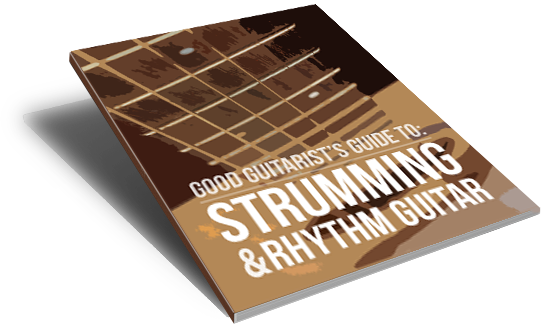10 Guitar Learning Myths That Can Hold You Back
Have you ever thought about learning how to play the guitar but have been held back by certain myths and misconceptions?
There are many myths surrounding learning how to play the guitar, and they often discourage people from even trying. In this lesson, we will debunk 10 common guitar learning myths that are holding you back.
- New players need to start on acoustics. Many beginners believe that they need to start on acoustic guitars, as they are easier to play and cheaper. However, this is not true. If you are more interested in playing electric guitar, start with an electric guitar. Similarly, if you want to learn classical guitar, start with a classical guitar.
- Learning by ear is the best way to learn. While learning by ear is a useful skill to have, it is not the only way to learn how to play the guitar. Learning basic music theory can help you understand the structure of music and improve your playing.
- Learning music theory ruins your creativity. Many people believe that learning music theory will stifle their creativity. However, understanding music theory can actually enhance your creativity and allow you to express yourself more freely.
- Hand size is a barrier to playing guitar. People often believe that they need large hands to play the guitar. This is not true. Many great guitarists have smaller hands. With practice, anyone can develop the finger strength and dexterity required to play the guitar.
- You can’t play X genre with Y guitar. While some guitar types are better suited for certain genres, any guitar can be used to play any genre. It’s more important to focus on learning the techniques required to play a particular style.
- ?!
- Practicing with a metronome kills feel. Many people believe that practicing with a metronome will make their playing sound robotic and mechanical. However, using a metronome can help you develop your sense of timing and improve your overall playing.
- Country of origin disqualifies a guitar without trying it. Some people believe that guitars made in certain countries are inferior to those made in others. However, the quality of a guitar is determined by its craftsmanship and materials, not by its country of origin.
- Not knowing how to play guitar is a reason to give up. Many people give up on learning the guitar because they believe that they need to know how to play from the start. However, learning how to play the guitar takes time and practice. No one knows how to play in the beginning.
- Expensive gear will compensate for mediocre playing. Some people believe that buying expensive gear will improve their playing. However, expensive gear will not compensate for mediocre playing. It’s more important to focus on improving your playing through practice and dedication.
In conclusion, there are many myths surrounding learning how to play the guitar. By understanding and debunking these myths, you can overcome the barriers that have been holding you back and start your journey to becoming a great guitarist. Remember, learning how to play the guitar takes time and practice, but with dedication and hard work, anyone can learn how to play.


